In zoology, the term “monkey” is commonly used to refer to both Platyrrhines (New World monkeys) and Catarrhines (Old World monkeys). In everyday language, the word is often used interchangeably with “ape,” although there are key distinctions in scientific classification.
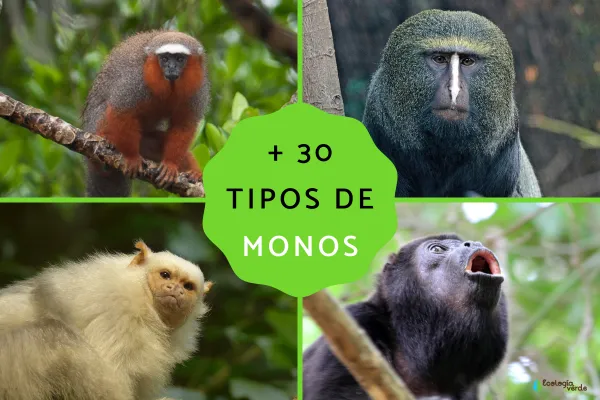
There are between 260 and over 300 recognized species of primates in the world today. While all belong to the order Primates, the differences between species in terms of behavior, physical traits, and habitat are vast. To help understand these differences, scientists classify them into taxonomic groups. This article explores five major types and introduces notable species within each.
Strepsirrhines include lemurs, galagos (bush babies), and lorises. They are considered more primitive primates and retain many characteristics similar to early primate ancestors.
A moist rhinarium (like cats and dogs), aiding in enhanced smell.
Curved or comma-shaped nostrils with a partially divided nasal septum.
A tooth comb—specialized lower incisors used for grooming.
Nocturnal behavior is common.
Smaller brain size compared to other primates.
Non-prehensile tails and grooming claws.
Bicornuate uterus (two uterine chambers).
Aye-aye (Daubentonia madagascariensis)
Ring-tailed lemur (Lemur catta)
Lesser bush baby (Galago senegalensis)
Crowned sifaka (Propithecus coronatus)
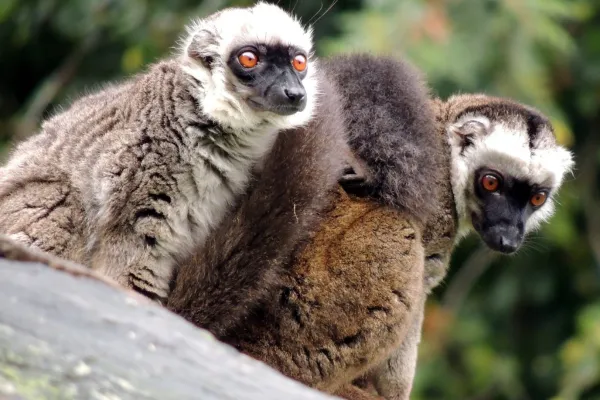
Haplorhines are considered more evolved primates and include monkeys, apes, and humans. They differ greatly from strepsirrhines in anatomy and behavior.
No moist rhinarium.
Reduced sense of smell, stronger visual acuity.
Primarily diurnal (active during the day).
Larger brains.
Single-chamber uterus.
Typically give birth to one offspring at a time.
No facial whiskers.
Haplorhines are divided into:
Catarrhines (Old World monkeys and apes)
Platyrrhines (New World monkeys)
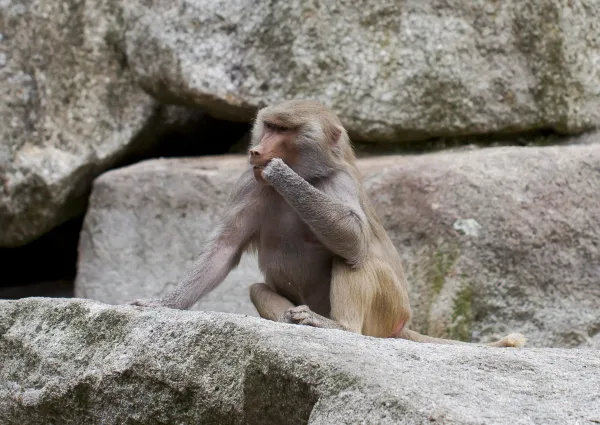
Catarrhines are a group of haplorhine primates that include Old World monkeys, great apes, and humans. The name means “downward-facing nose.”
Nostrils close together and facing downward.
32 teeth.
Flat nails.
Non-prehensile tails or no tails.
Strong sexual dimorphism in many species.
Complex social structures.
Cercopithecidae (Old World monkeys)
Hylobatidae (gibbons, or lesser apes)
Hominidae (great apes and humans)
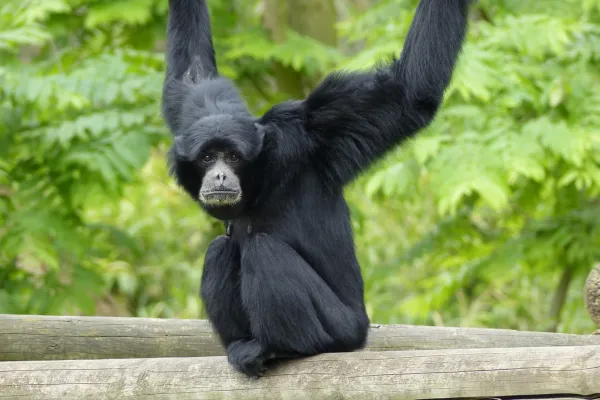
This group includes mandrills, baboons, macaques, colobus monkeys, langurs, and others found across Africa and Asia.
The largest family of monkeys.
No prehensile tails.
Colorful ischial callosities (sitting pads).
Larger body size than New World monkeys.
Native to Africa and Asia.
Chacma baboon (Papio ursinus)
Mandrill (Mandrillus sphinx)
Colobus monkey (Colobus guereza)
Owl-faced monkey (Cercopithecus hamlyni)
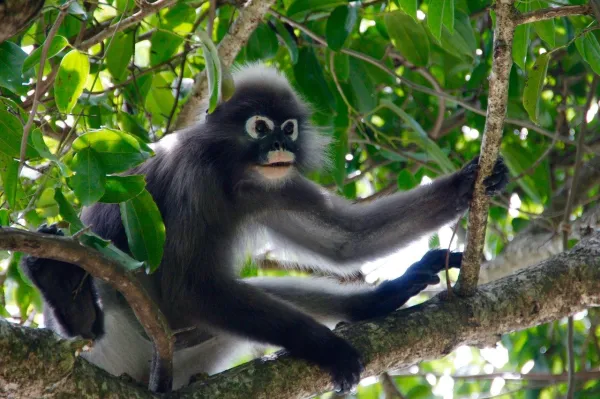
New World monkeys are native to Central and South America and differ significantly from their Old World relatives.
Wide-spaced nostrils that face sideways.
Flat-faced snouts.
Smaller body size (in most cases).
Long, often prehensile tails.
Arboreal lifestyle (tree-dwelling).
No ischial callosities.
Capuchin monkeys (Cebus capucinus)
Squirrel monkeys (Saimiri)
Howler monkeys (Alouatta)
Tamarin and marmoset species (Leontopithecus, Saguinus, Callithrix)
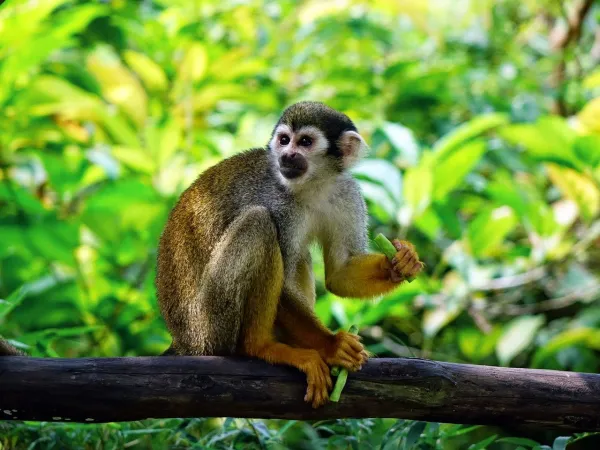
Critically endangered.
Native to Sulawesi, Indonesia.
Jet-black fur, reddish eyes, and a prominent crest of hair.
Frugivorous and lives in large groups.
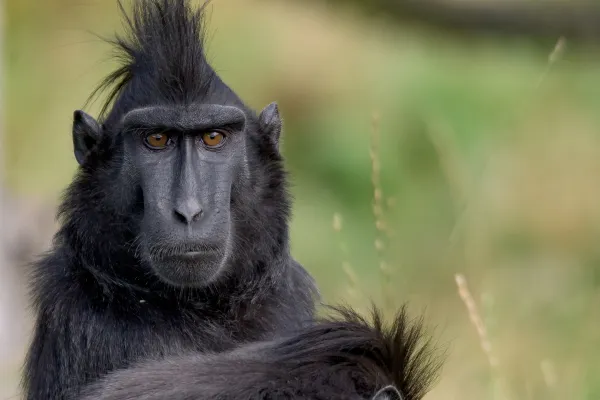
Endemic to Cameroon, Nigeria, and Bioko Island.
Brown-grey coat, red ischial pads.
Strong sexual dimorphism.
Endangered.
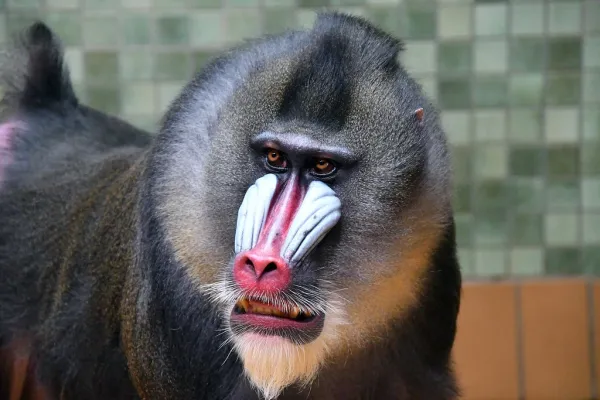
Lives in Peru, Colombia, and Ecuador.
Diurnal, monogamous, and arboreal.
Diet includes leaves, fruits, and over 30 plant species.
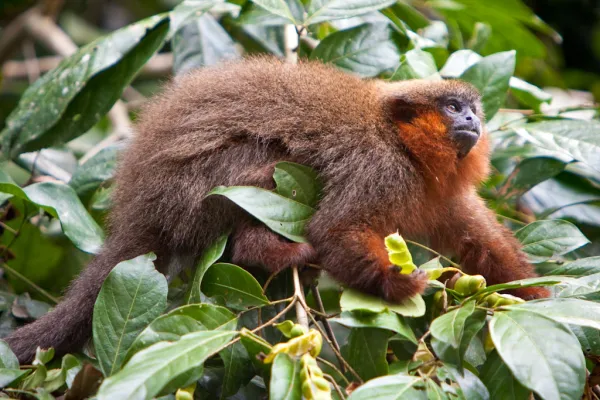
Native to Brazil’s tropical forests.
Recognized by its black beard and bushy tail.
Frugivorous; endangered.
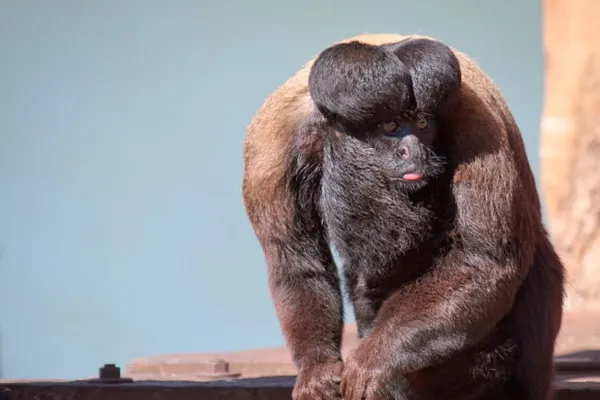
Found in Bolivia, Peru, and Brazil.
Prehensile tail, polygamous, endangered.
Lifespan up to 20 years in the wild.
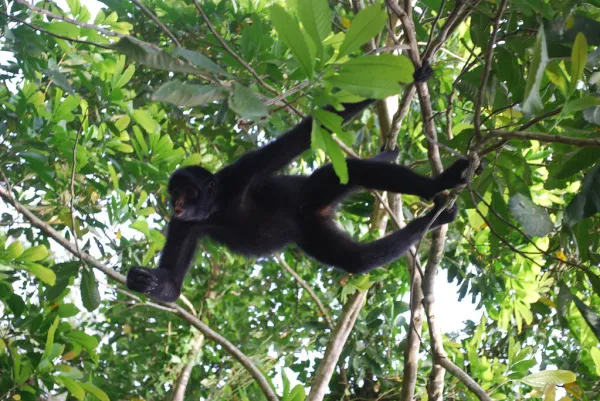
The largest colobus species.
Lives in African forests.
Herbivorous, with clear sexual dimorphism.
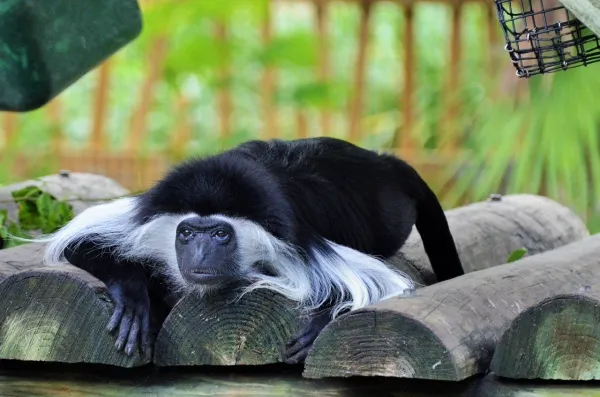
Native to central Africa.
Arboreal, herbivorous, lives in harems.
Classified as vulnerable.
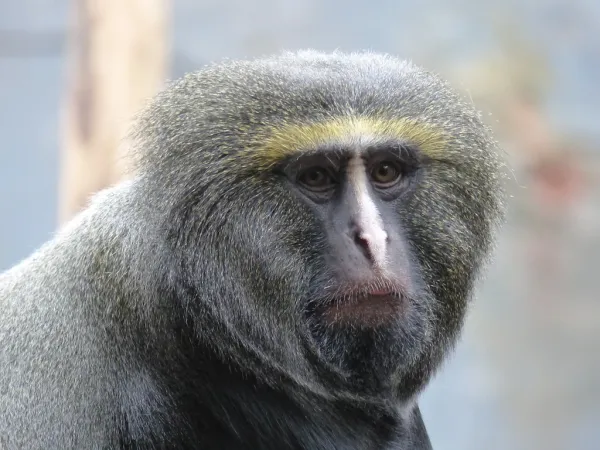
Found in Brazil’s Amazon rainforest.
White fur, pink face and ears.
Agile, arboreal, weighs 300–400g.
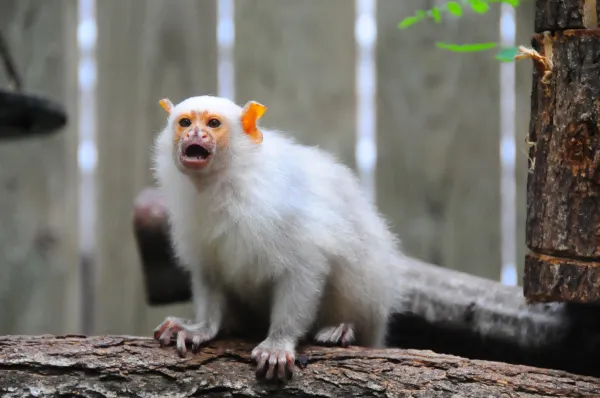
Lives in rocky forests of Vietnam and southern China.
Leaf-eating, lives in large groups.
Adults are black with white cheek stripes; infants are orange.
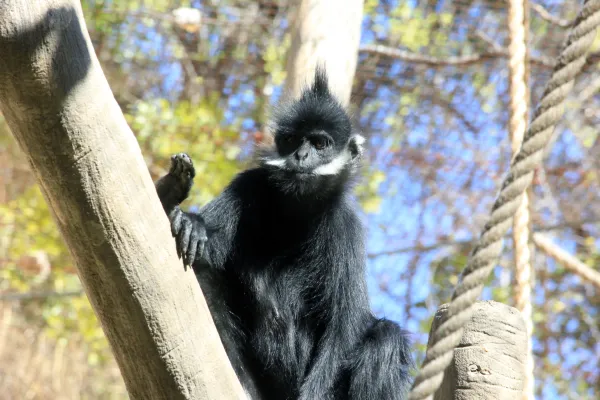
Found in southern Mexico to Peru.
Loud howls, lives in groups of ~15.
Prehensile tail; vulnerable status.
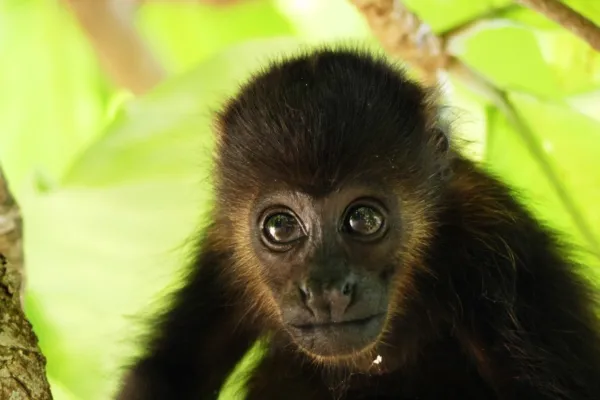
Aye-aye (Daubentonia madagascariensis)
Ring-tailed lemur (Lemur catta)
Northern lesser bush baby (Galago senegalensis)
Crowned sifaka (Propithecus coronatus)
Brown lemur (Eulemur fulvus)
White-headed lemur (Eulemur albifrons)
Grey slender loris (Loris lydekkerianus)
Collared brown lemur (Eulemur collaris)
Chacma baboon (Papio ursinus)
Campbell’s monkey (Cercopithecus campbelli)
Douc langur (Pygathrix nemaeus)
Proboscis monkey (Nasalis larvatus)
Mandrill (Mandrillus sphinx)
Lowe’s monkey (Cercopithecus lowei)
Olive colobus (Procolobus verus)
Red-tailed monkey (Cercopithecus ascanius)
Stump-tailed macaque (Macaca arctoides)
Olive baboon (Papio anubis)
Golden lion tamarin (Leontopithecus rosalia)
Capuchin monkey (Cebus capucinus)
Geoffroy’s spider monkey (Ateles geoffroyi)
Humboldt’s squirrel monkey (Saimiri cassiquiarensis)
Cotton-top tamarin (Saguinus oedipus)
Brown spider monkey (Ateles hybridus)
Black-headed spider monkey (Ateles fusciceps)
Caquetá titi monkey (Callicebus caquetensis)
Red howler monkey (Alouatta seniculus)
Pygmy marmoset (Cebuella pygmaea)
Western hoolock gibbon (Hoolock hoolock)
Kloss's gibbon (Hylobates klossii)
Siamang (Symphalangus syndactylus)
Bonobo (Pan paniscus)
Eastern gorilla (Gorilla beringei)
Bornean orangutan (Pongo pygmaeus)
Common chimpanzee (Pan troglodytes)
Human (Homo sapiens)
If you'd like to explore more about primates, don't miss our other articles in the Wild Animals section.
Bibliography
Onychophorus, V. T. L. E. D. S. (2019). Primates for Beginners: Strepsirrhines and Haplorhines. Mr. Onychophorus. Available at: https://onicoforo.wordpress.com/2018/05/15/primates-caracteristicas-y-clasificacion/
Monkey. Definition, Characteristics, Types, Classification, & Facts. (n.d.). Encyclopedia Britannica. Available at: https://www.britannica.com/animal/monkey#ref253700
animal tags: Types Monkeys
We created this article in conjunction with AI technology, then made sure it was fact-checked and edited by a Animals Top editor.